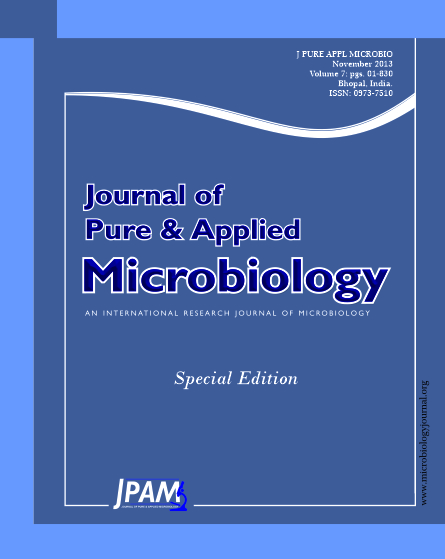Tomato (Solanum lycopersicum) is one of the major vegetable crops in the world. To satisfy demands of people, increasing varieties have been bred out. However, a clear and accurate variety identification method is invisible. In this study, we collected 26 tomato varieties, and attempted to distinguish them based on the cpDNA rbcL, nrDNA ITS and rDNA 5S region. The sequence analysis of nrDNA ITS region suggested that four groups were divided at 87% similarity. One7 bp array deletion resulted in Abstract Saenggeurin, Rikopin 9, Yo-yo Captain and Rubiking forming one group. The rDNA 5S region also showed high nucleotide variation among these varieties. The cpDNA rbcL region showed high similarity among these varieties, suggested that this region was not suitable for variety identification. Combined with sequences of these three DNA markers, more efficient and accurate variety identification was found using software DNAMAN 6.0 version. In this combined phylogenetic tree, three groups were divided at 83% similarity, and more subgroups were divided at 98% similarity. This work would help and instruct variety authentication and grouping in molecular level.
Tomato, nrDNA ITS, cpDNA rbcL, rDNA 5S, variety identification
© The Author(s) 2013. Open Access. This article is distributed under the terms of the Creative Commons Attribution 4.0 International License which permits unrestricted use, sharing, distribution, and reproduction in any medium, provided you give appropriate credit to the original author(s) and the source, provide a link to the Creative Commons license, and indicate if changes were made.


